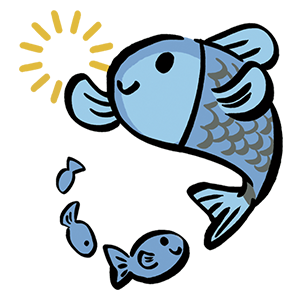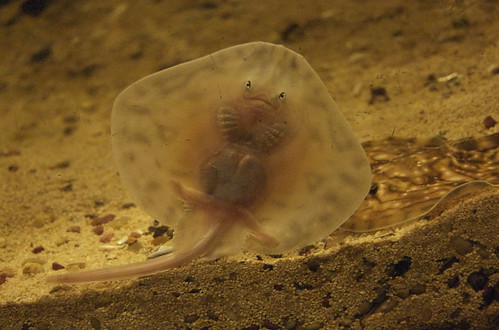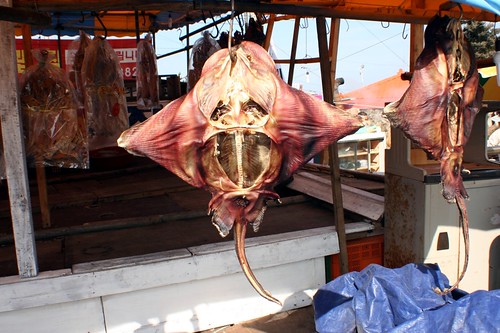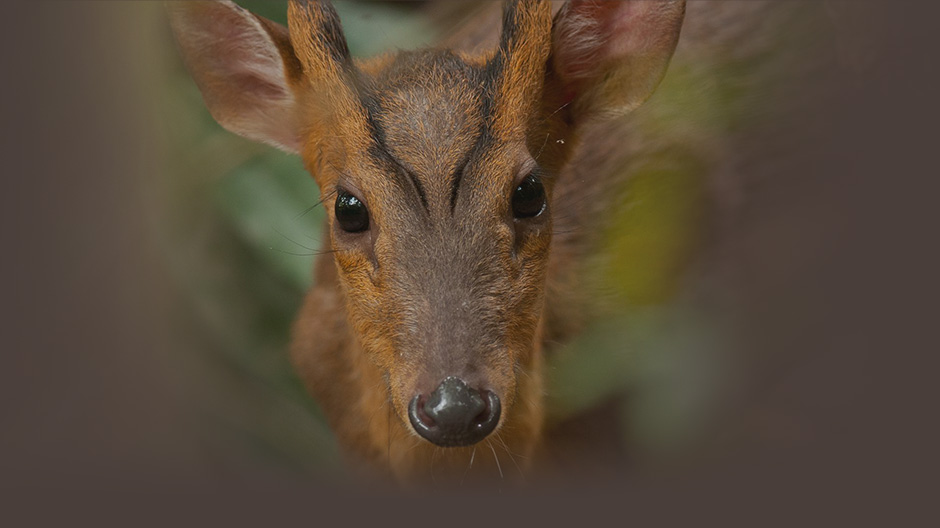印尼海洋事務和漁業部長Sharif Sutardjo1月28日宣布,巨鬼蝠魟(Manta birostris)和珊瑚礁鬼蝠魟(M. alfredi)將受印尼法律的保護,成為保育類物種。
印尼政府近期更宣布,將把6百萬平方公里的專屬經濟海域規劃為全世界最大的蝠魟保護區,近一步保護這兩種蝠魟物種。
活魟魚經濟價值高 遠勝於賤賣死魟魚
印尼由17500個小島組成,是全球少數遊客能輕易同時觀察到海洋巨鬼蝠魟和珊瑚礁鬼蝠魟兩種鬼蝠魟物種的地方。鬼蝠魟雙翼展開寬可達25尺,個性溫和、聰明而且水中姿態優雅,是海洋旅遊業的吸睛焦點。牠們可以長到25尺長、體重可達3000磅。
近30年來,印尼一直是魟魚和鯊魚的最大漁場,但是印尼政府和保育團體共同發表的報告顯示,活魟魚因為能促進觀光產業,經濟價值是死魟魚的2000倍。
印尼海洋事務與漁業部、印尼科學研究所和非政府組織保護國際(Conservation International)合作編篡報告,整合野生救援組織(WildAid)、鬼蝠魟信託(The Manta Trust)和謢鯊行動(Shark Savers)的研究結果,發現一隻鬼蝠魟一生能創造高達1百萬美元的潛水觀光營收,但如果在其20至30年的平均壽命之間被捕撈起來,只能賣40至500美元。
食材、藥用 全球魟魚近危
但是鬼蝠魟製品的需求在過去10年間的成長趨勢,造成全球魟魚數量大幅減少。魟魚現在被IUCN紅色名錄列為近危物種。
鬼蝠魟的鰓耙主要在中國南方廣州地區被當作藥品販賣,用來治療水痘、癌症到不孕等病症。不過鬼蝠魟製品目前並沒有任何已知療效。既不是傳統中藥材,療效也未被大多數中醫認可。
「鬼蝠魟的生命週期特殊,特別容易受到過度捕撈的威脅。牠們需要10年的時間成熟,而且母鬼蝠魟2到5年才產一幼魚。一隻母鬼蝠魟一生最多只能生16隻幼魚,大多數生產數量遠少於此。鬼蝠魟的繁殖特性在許多方面來看都比較像人類而不是一般魚類。」保護國際印尼海洋計畫資深顧問、印尼官方研究的主持人Mark Erdmann說。
2013年3月,華盛頓公約將鬼蝠魟加入附錄二名單,要求嚴格管制鬼蝠魟和鬼蝠魟製品的國際交易,預防過度開發而導致滅絕。
Indonesia has announced legislation that will protect all manta rays within its nearly six million square kilometer exclusive economic zone, creating the world’s largest sanctuary for both species of manta rays.
On January 28, Sharif Sutardjo, Indonesia’s Minister of Marine Affairs and Fisheries, declared both the giant manta ray and reef manta ray as protected species under Indonesian law.
Indonesia has been the world’s largest fishery for rays and sharks for nearly 30 years, but a new review conducted by two Indonesian government agencies and a coalition of conservation organizations, concluded that rays are worth up to 2,000 times more alive than dead, due to the tourist business they attract.
Conducted by the Indonesian Ministry of Marine Affairs and Fisheries and the Indonesian Institute of Sciences, with input from Conservation International, the review included findings from a recent study, led by WildAid, the Manta Trust and Shark Savers, showing that a single manta ray is worth an estimated US$1 million in dive tourism revenue over the course of its life.
The same animal is worth between $40 and $500 if caught and killed before the end of its average lifespan of 20 – 30 years.
An archipelago of 17,500 islands, the Southeast Asian nation is one of the few places in the world where both species of manta ray – the oceanic manta ray, Manta birostris, and the reef manta, M. alfredi, can be observed easily by tourists.
With wingspans of up to 25 feet, a docile nature, intelligence and grace in the water, manta rays are a top marine tourism draw. They can grow up to 25 feet in length and weigh as much as 3,000 pounds.
But the demand for products made from manta rays has increased in the past decade and has led to steep declines in ray populations worldwide. Rays are now classed as Vulnerable to extinction on the IUCN Red List of Threatened Species.
Caught for their gill rakers, manta products are sold mostly in the Guangzhou region of southern China as a medicinals to treat everything from chickenpox to cancer and infertility.
Yet, manta ray products have no known curative properties. They are not considered a formal component of Traditional Chinese Medicine nor are they recognized by most TCM practitioners.
The Convention on International Trade in Endangered Species, CITES, placed manta rays on its Appendix II list in March 2013. This listing requires the international trade in mantas or their parts to be strictly controlled to prevent overexploitation and extinction.
“Mantas have a life history that makes them susceptible to overfishing,” said Dr. Mark Erdmann, Conservation International’s senior advisor to the Indonesian Marine Program and one of the leaders of the ministry’s study.
“They take up to a decade to mature and females produce only one pup every two to five years. A given female manta might produce maximally 16 pups over her lifetime, with most producing even fewer. In many ways, manta reproduction is more similar to humans than to other fish,” said Erdmann.
※ 全文及圖片詳見:ENS
 網站捷徑
網站捷徑






